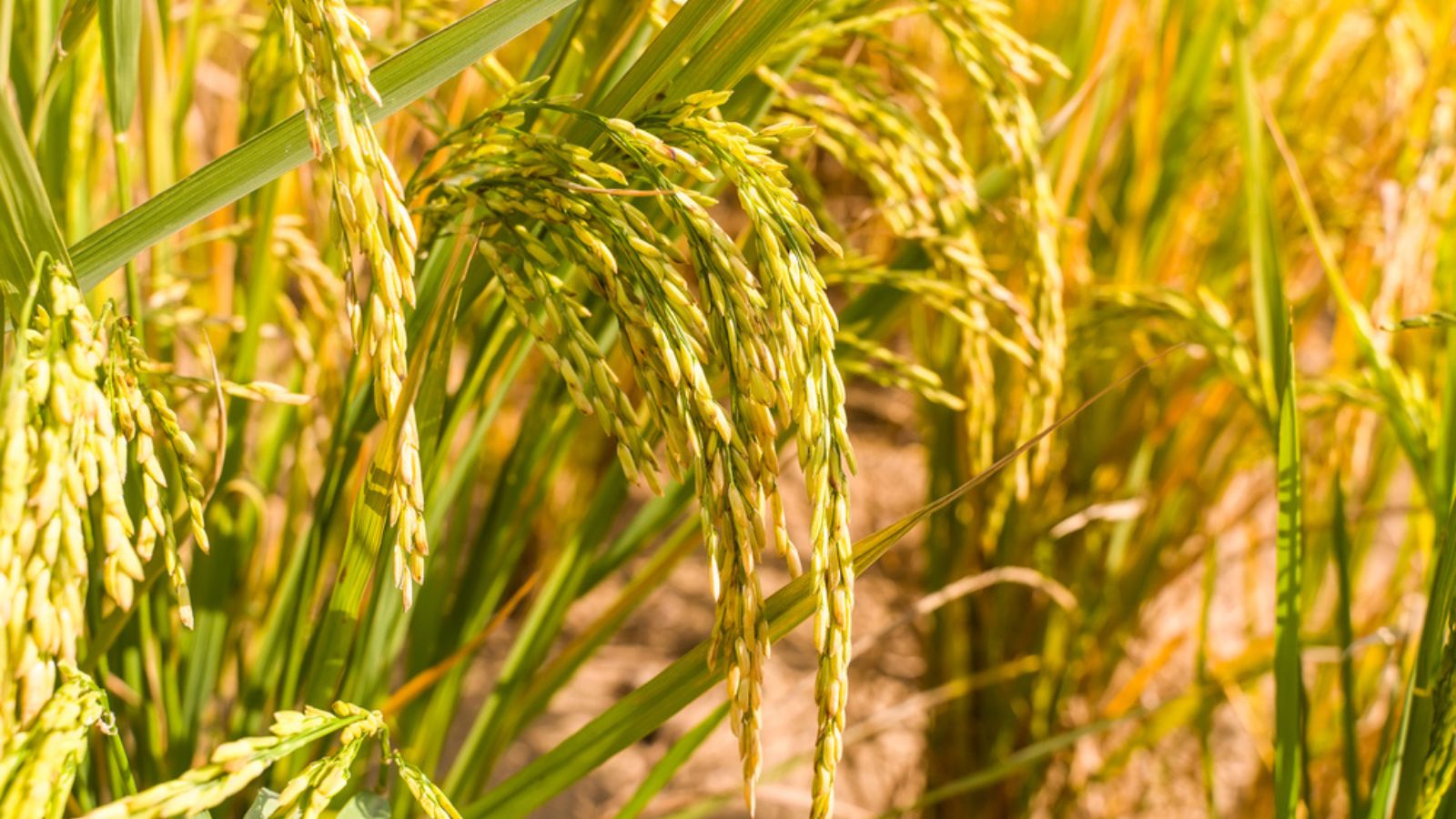Nội dung bài viết
Introduce
Silver nanoparticles were identified as potential disease prevention and treatment agents in rice cultivation. This paper explores the potential of nanosilver in reducing disease incidence in rice, its effectiveness in treating existing diseases, and the safety of using nanosilver in agricultural applications. In the article Nano NNA also looks at current research on nano silver and its implications for rice cultivation. Finally, Nano NNA provides an overview of the potential benefits and risks associated with the use of nanosilver in rice farming.

Partners who need to buy 15000ppm nano silver, please contact +84909.680.275 (WHATSAPP) or [email protected] for support.
Antibacterial ability of nano silver in rice disease control
Nano silver has been studied for its ability to prevent rice diseases caused by fungi, bacteria and viruses. Silver nanoparticles are small enough to penetrate the cell walls of microorganisms, allowing them to interact with the cell membrane and disrupt its function. This disruption can lead to the death of microorganisms, thereby preventing the spread of disease. To study the antibacterial properties of nanosilver, the researchers conducted laboratory experiments using different concentrations of nanosilver against different types of rice pathogens.
Many scientific studies have shown that nanosilver effectively inhibits the growth of many rice pathogenic fungi , including Fusarium, Rhizoctonia and Xanthomonas . Furthermore, the use of nano silver has been shown to be safe for both humans and the environment.
The effectiveness of nano silver in the treatment of common diseases in rice
Nanosilver has been studied for its ability to treat common rice diseases, such as bacterial blight and blight . Nano silver is a nanomaterial consisting of silver nanoparticles with antibacterial properties. Studies have shown that nanosilver can be effective in controlling the growth of a variety of plant pathogens, including Xanthomonas oryzae, a bacterial blight pathogen, and Rhizoctonia solani, a pathogen that causes blight. dry disease.
To evaluate the effectiveness of nanosilver in treating common diseases in rice, the researchers conducted laboratory experiments using different concentrations of nanosilver. These experiments demonstrated that nanosilver could inhibit the growth of both Xanthomonas oryzae and Rhizoctonia solani at concentrations ranging from 0.1 to 1.0 mg/L (equivalent to 0.1 ppm to 1 ppm) . In addition, studies have also shown that nanosilver can reduce the severity of symptoms caused by these two pathogens when applied to infected plants.
Overall, the results of these studies suggest that nanosilver can be an effective treatment for common rice diseases. However, further research is needed to determine the optimal concentration of nanosilver for use in agricultural settings and to assess the long-term impact of nanosilver on the environment.
The impact of nano silver on plant growth and yield in rice cultivation
Nanosilver has been studied for its potential to improve crop growth and yield in rice cultivation. Nanosilver is a nanomaterial consisting of silver particles that are typically 1 to 100 nanometers in size. It has been found to have antibacterial, antifungal and antiviral properties, making it an attractive option for use in agriculture.
Recent studies have examined the effects of nanosilver on plant growth and yield in rice cultivation. These studies have found that nanosilver can increase germination rate, root growth and shoot growth in rice plants. In addition, nanosilver was found to increase the number of branches, spikes and seeds per spike, resulting in higher yields.
The effect of nanosilver on plant growth and yield in rice cultivation appears to be dose dependent. Higher concentrations of nanosilver have been shown to lead to greater increases in plant growth and yield. However, it is important to note that too much nanosilver can be toxic to plants, so it is important to use the correct concentration for optimal results.
Optimum concentration of nano silver is used for disease prevention and treatment in rice
Nano silver SILMAT 15000ppm is commonly used as a raw material for the production of nano silver spray preparations for the purpose of preventing diseases on rice. The optimal concentration, as recommended by experimental Nano NNA is 6 – 12ppm. In addition, to optimize production for each product line, you can contact Nano NNA technical team for specific advice.
Cost-effectiveness of nano silver in the prevention and treatment of rice diseases
The cost-effectiveness of nano silver in the prevention and treatment of rice diseases is a subject of ongoing research and debate. Many scientific studies have been conducted for many years, showing that nano silver has the ability to prevent and treat rice diseases very effectively, helping to increase crop yield and improve quality. However, the high cost of nanosilver may limit its widespread adoption, especially in developing countries where rice is a staple food and farmers may not be able to afford the treatment. physical.
Nano NNA has improved its manufacturing technology through technological process research and development to reduce costs and manufacture high concentration nano silver products (Nano SILMAT 15000ppm), making the products safer. such as nano silver more accessible to farmers.
Conclusion
Silver nano has the potential to become an effective tool in the prevention and treatment of diseases in rice. Its small size allows it to penetrate deeply into plant tissues, providing protection against a wide variety of pathogens. In addition, its broad-spectrum antibacterial activity makes it an ideal choice for the control of bacterial, fungal and viral diseases. With further research, nanosilver could become an important part of an integrated pest management strategy in rice production, helping to reduce disease losses, improve yields and reduce pesticides. plant.
NANO NNA VIET NAM